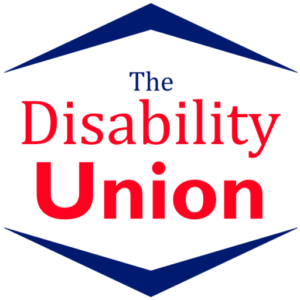
The history of disability and disabled people is rarely talked about. Despite disability being present for all of history, rarely do we hear about disabled people from history. Because of this, we forget that disabilities didn’t just appear one day, and disabled people didn’t always have rights. Today, disabled people are still a minority fighting for their rights; but it’s important to know the history of who came before you. Ed Roberts was certainly a pioneer in disability activism, but he was not the first. America has never been accessible to disabled people, but people like Roberts have certainly helped make things better. Today, rather than discuss a specific disability activist, we are going to go over a broad overview of the history of disabled people in America.
American Colonies and the Revolutionary War
When England was colonising North America, one of the most important things was stamina and physical health. People had to be able to go out and do things, because they were starting from nothing. Because of this, the early colonies saw disabled people as a drain on resources and actively tried to stop them from immigrating. Even if someone with a physical or mental disability got into the colonies, they could always be deported back to England.
A Shift In Attitude
The attitude of the new nation shifted slightly after the Revolutionary War. Injured soldiers were heroes and deserved to be taken care of for their bravery. Paying 50 percent of the now-disabled veterans’ pensions, this is the first time the government helped pay for the care of disabled people. Marine hospitals were set up to care for the sick and disabled sailors. This resulted in the first Public Health Service. In 1922, some of these hospitals turned into the first Veterans Administration hospitals. This sense of duty to the men who fought for the country continues to inspire disability programs in the US throughout history.
Notable Disabled Influencers
Despite not hearing about disabled people throughout history, they were still there. Some influential people were disabled, but they were usually able to hide it. One of the men who helped draft the constitution, Gouverneur Morris, was an amputee and used a “rough stick” prosthetic. Stephen Hopkins, one of the men who signed the Declaration of Independence, had Cerebral Palsy. He is quoted as stating that “my hand trembles but my heart does not.”
Institutions
The colonies, not having a proper way to care for the physically and mentally disabled, set up almshouses for the poor. These facilities, which also included the poor and were set up in larger colonial towns, mirrored Elizabethan poor laws. As the nation grew, so did these almshouses. The people who lived here were extremely mistreated. Dorothea Dix, a schoolmistress from Boston, demanded that the government take control of these institutions. She recalls seeing the poor state of some of the tenants with mental disabilities. She saw them chained, naked, kept in isolation, and beaten into obedience. With enough coaxing, in 1854 Dix convinced Congress to change direction and set up facilities for these individuals who were then referred to as the “deaf, dumb, blind, and mentally ill.” This never got put into effect, however, as President Franklin Pierce vetoed the proposal. President Pierce thought the issue was not a federal issue, and set disability welfare matters back by nearly half a century.
Schools
Meanwhile in France, studies were being done to prove that the deaf and blind could in fact be integrated in society. In 1812, a school for the blind was opened in Baltimore, Maryland. Soon to follow in 1817, Thomas Hopkins Gallaudet founded his school for the deaf in Hartford. Samuel Gridley Howe opened up an asylum for the blind that mirrored other institutes on the theory that early mainstreaming would better prepare blind youths for independent life. His success with one particular girl, Laura Bridgman who was both deaf and blind, was brought to the attention of Charles Dickens and other educators. With this recognition came proof that reformers were right, disabled people could be valuable contributors to society.
This success prompted Howe to open the first state school for the mentally disabled. Howe, along with Dr. Hervey Wilbur and others, showed that mental disabilities could not be cured, nor easily educated as they had once hoped. As a result, the school became more custodial in nature, as opposed to the schools for the blind and deaf.
Lack Of Understanding
Disability was not greatly understood during this time. Slow advances were being made, but they were just that — slow. The new nation was unsure of how to handle these people who were viewed as drains on society. The few who saw the potential of a disabled person weren’t able to do much because of lack of government funding, which is still an issue today.
There’s still a lot more history to cover, so stay tuned!


